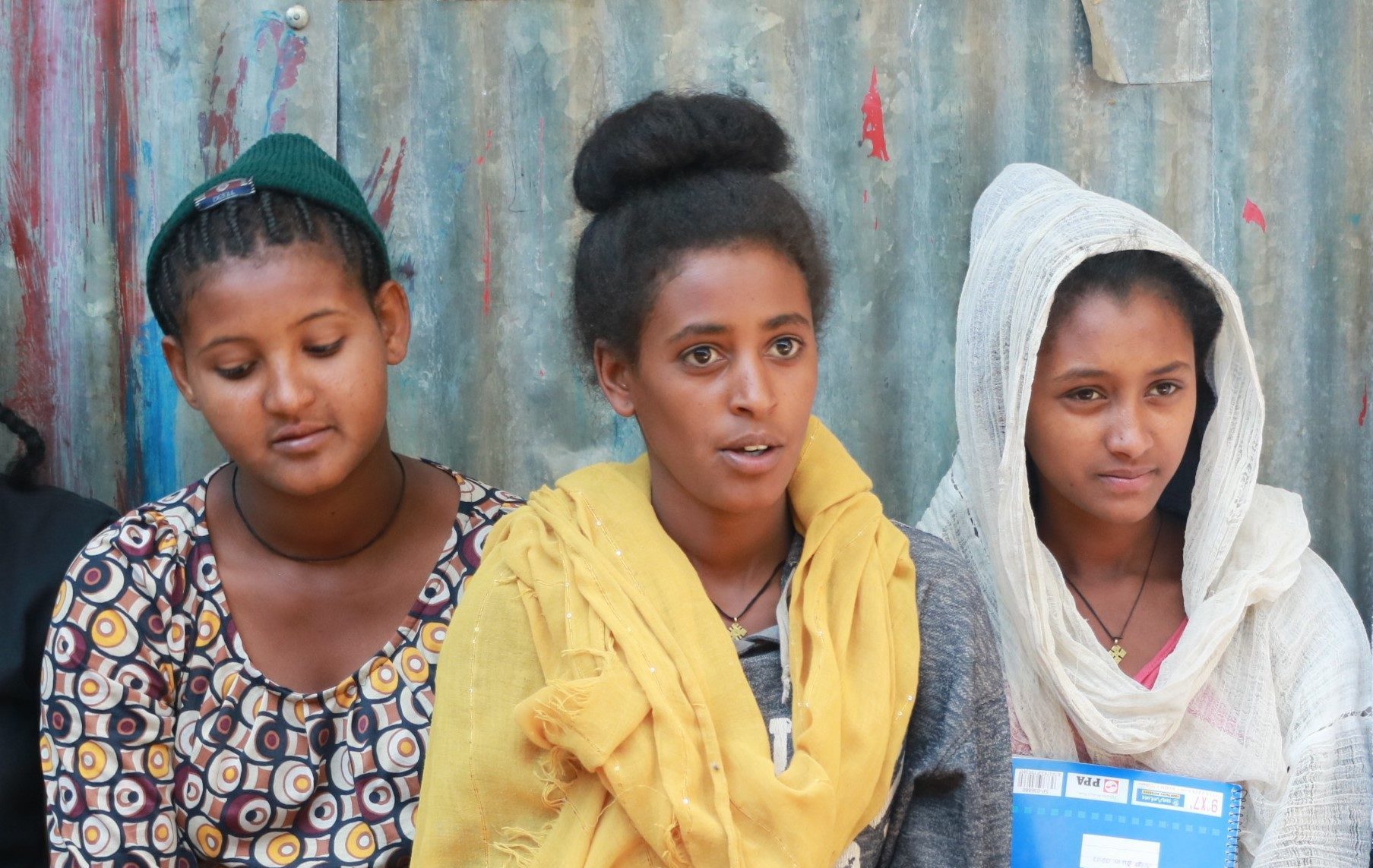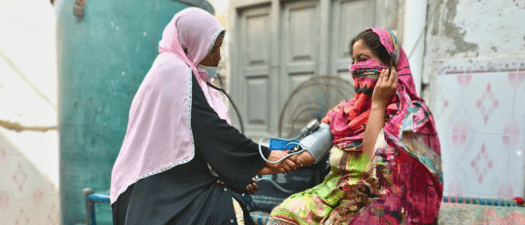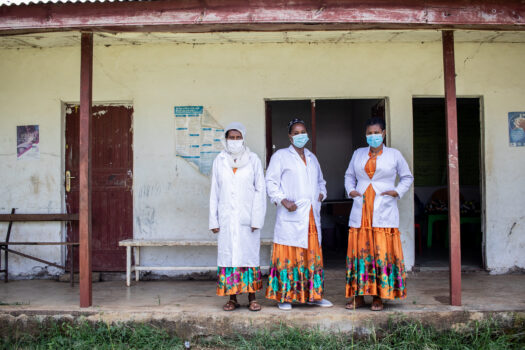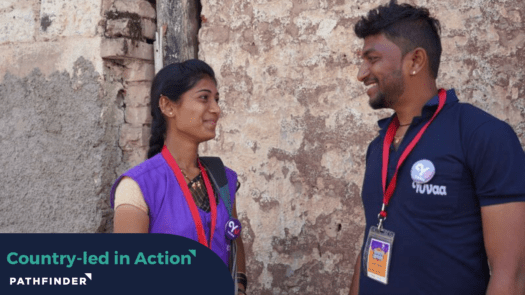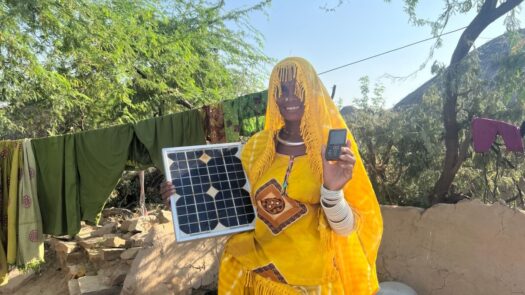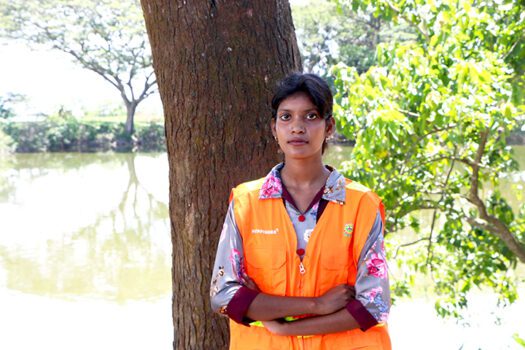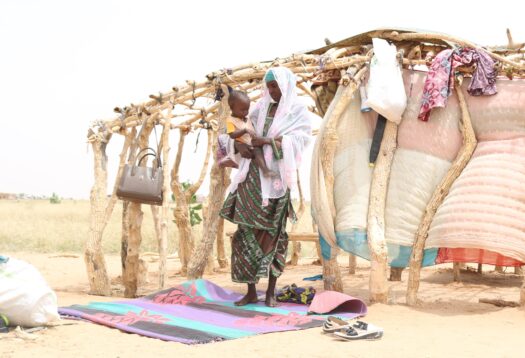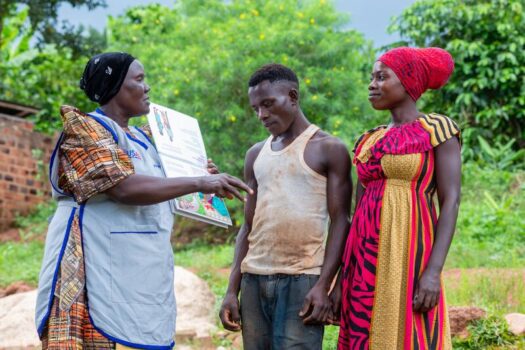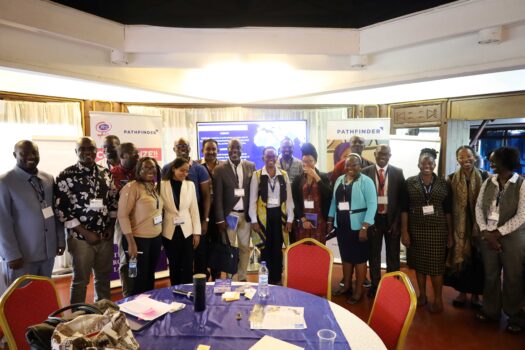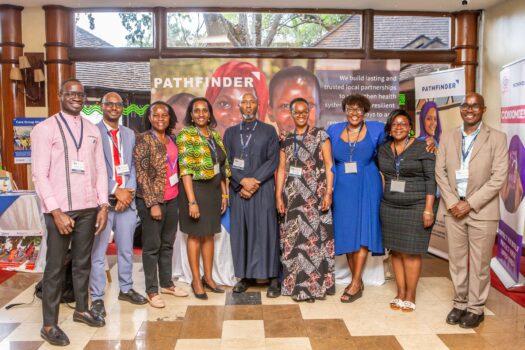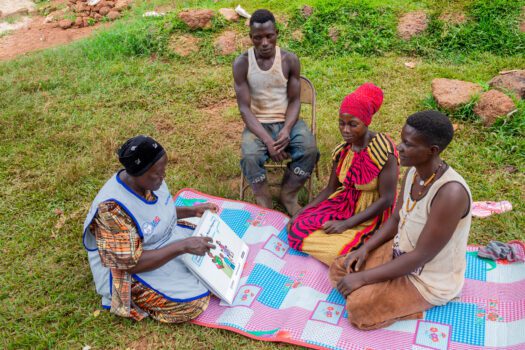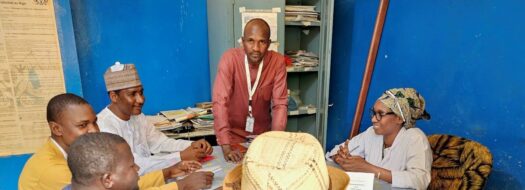The Her Future, Her Choice MEAL process focuses on evaluating the readiness of health facilities to provide high-quality, youth-friendly SRH services in areas of Ethiopia, Malawi, Mozambique and Zambia. Source: Oxfam Canada
The Project: Her Future, Her Choice
Sexual and reproductive health and rights is at the heart of the most important decisions that women and girls will make: if and when to marry, if and when to have children – and how many – and how long to stay in school. Through the Global Affairs Canada funded Her Future Her Choice project (2019-2023), Oxfam and its partners work to advance comprehensive approaches to sexual and reproductive health and rights in Ethiopia, Malawi, Mozambique and Zambia. The project also includes a Canadian component focused on advocacy.
Her Future, Her Choice responds to gender inequality and women’s rights violations by directly addressing barriers that hinder access to sexual and reproductive health and rights in program communities. These barriers include harmful social norms, traditional practices, taboos about gender and sexuality, lack of access to sexual and reproductive health information and services, and a lack of meaningful decision-making power for adolescent girls and young women regarding their health and sexuality.
The project includes three focus areas:
- Promoting uptake or demand for sexual and reproductive health information and services by transforming negative social norms around gender and sexual and reproductive health and rights.
- Improving how health care staff and facilities provide comprehensive sexual and reproductive health information and services by strengthening their knowledge and capacity.
- Strengthening the capacity of women’s and youth organizations to change policy frameworks for sexual and reproductive health and rights.
This project takes place in Ethiopia, Malawi, Mozambique, Zambia and Canada:
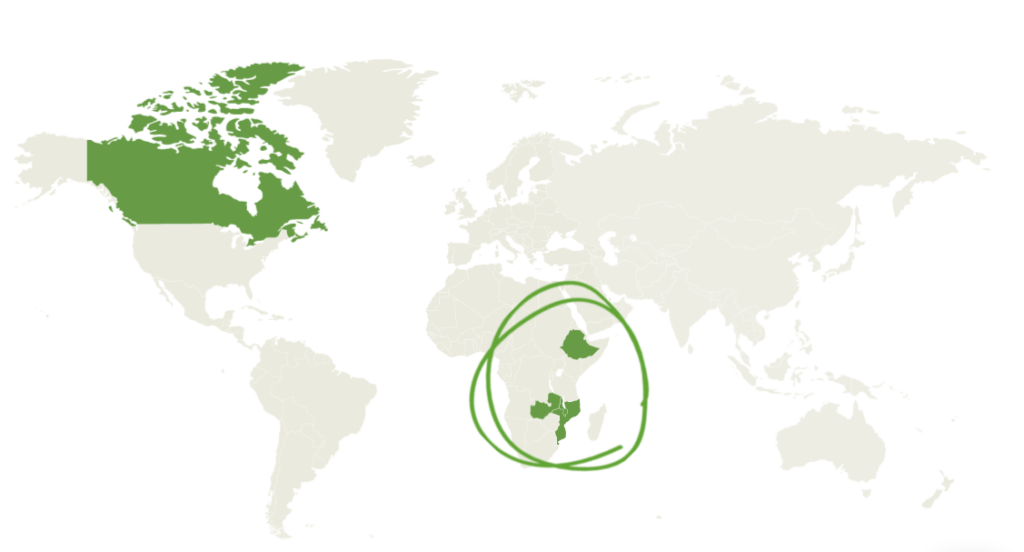
The Challenge
The Her Future, Her Choice Monitoring, Evaluation, Accountability and Learning (MEAL) plan includes a health facility audit, which is conducted annually, and a quality-of-care assessment, which is conducted every two years. Together, these two pieces of research (known as the health facility study) are meant to regularly evaluate the readiness of health facilities to serve clients, as well as the quality of care provided to clients.
The first round of data collection for the health facility study took place between November 2020 and July 2021. It focused on key sexual and reproductive health indicators, such as the number of health facilities that have adequate stock of contraceptives and the percentage of counselling sessions where the health service provider discussed how the prescribed contraceptive method works, as well as its use and side effects.
Similar studies typically use surveys with set answers, engaging external consultants to design and implement the study. However, feminist MEAL foundations call for the prioritization of internal rather than external expertise without compromising the integrity of the data.
The Her Future, Her Choice project team also faced the added complexity of how to apply feminist MEAL approaches across four different country contexts while still coming out of the process with a cohesive understanding of the project’s progress. Each of the Her Future, Her Choice country teams had unique partnerships and processes that made it complicated to implement feminist MEAL in a flexible and adaptive way that still allowed for a direct comparison of data between countries.
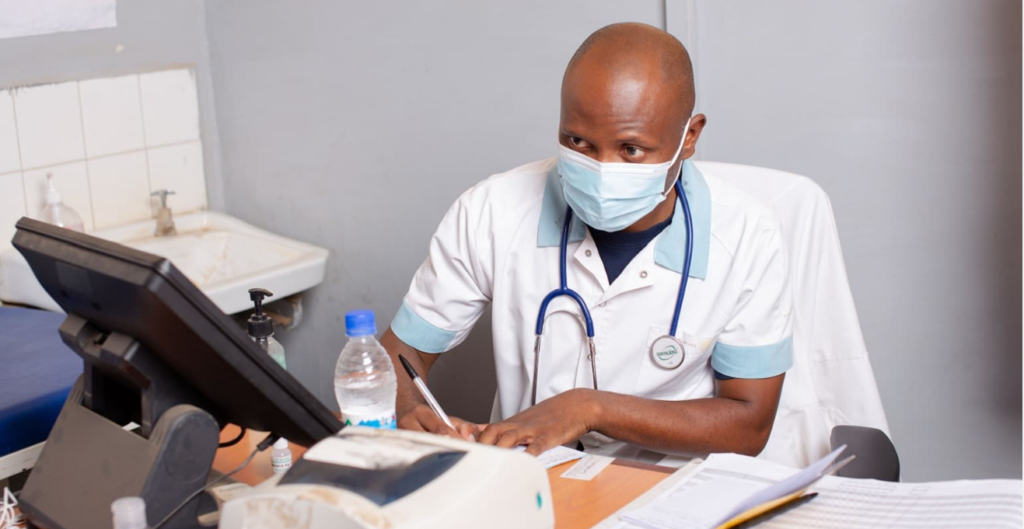
The Process
We began the health facility study by forming a research team of individuals from Oxfam and six Her Future, Her Choice partner organizations, representing all project countries to ensure multiple perspectives were integrated into the study. The project team focused on ensuring accuracy and consistency in the data collection and analysis while also being flexible about the survey questions in each country.
The research team reviewed literature on methodologies and data collection tools, ultimately selecting tools linked to the RADAR project at John Hopkins Bloomberg School of Public Health. The project research team leveraged the material to design three project-specific tools to analyze the quality of sexual and reproductive health service provision across the four project countries.
These included:
- The health facility audit survey
- The observation of client-provider interaction tool
- The client exit interview
The final sample across all project countries included 77 health facility audit surveys, 489 observations of client-provider interactions and 491 client exit interviews.
Forming and actively involving a project-based research team in the process was a significant shift from the traditional approach of hiring an external ‘expert’ in research who would independently decide on methods and tools. Instead, an Oxfam staff member played the role of coordinating and sharing technical information with the research team so they could make informed decisions. This helped to ensure that the research team members had a greater understanding of the data collection process and, therefore, how the resulting data could affect the direction that the project would take.
Because health facilities and implementation processes vary between countries, Oxfam adapted the surveys to align with each country’s context. For example, the project in Ethiopia works specifically with health service providers in youth-friendly service spaces that run parallel to the regular family planning clinic in a health facility. The surveys therefore captured information specifically on youth-friendly service spaces in Ethiopia, while in the other three project country locations they captured information regarding the entire health facility. Additionally, the surveys were translated into local languages to make them accessible.
In addition to developing and adapting the surveys, the research team collectively picked an external lead consultant who supported data collection, analysis, synthesis and report writing. Research team members also supervised all work within their respective countries.
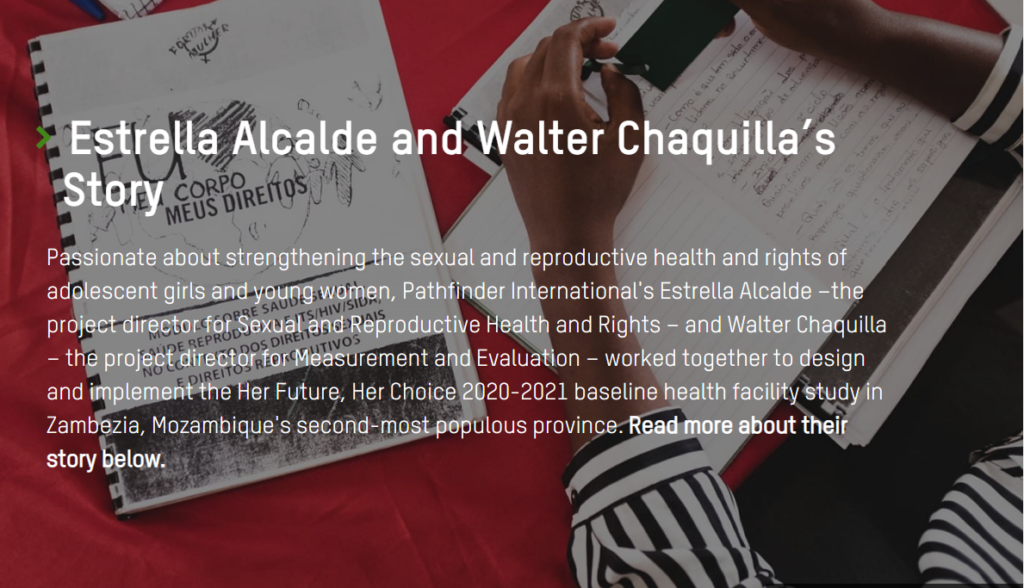
Estrella’s desire to meet new people and explore other contexts and cultures has taken her around the world to work with non-governmental organizations. She explains that she is particularly interested in working directly with health units in the field to learn more about what is happening in each community.
Walter brings a passion for research to his work and a drive to support women and girls in gaining equality and access to reproductive health and education. Earlier in his career, he spent 14 years working with Peru’s Ministry of Health conducting public health monitoring, evaluation and research in rural communities. He has been living and working in Mozambique for the last 12 years, the last two of which he has been working with the Her Future, Her Choice project.
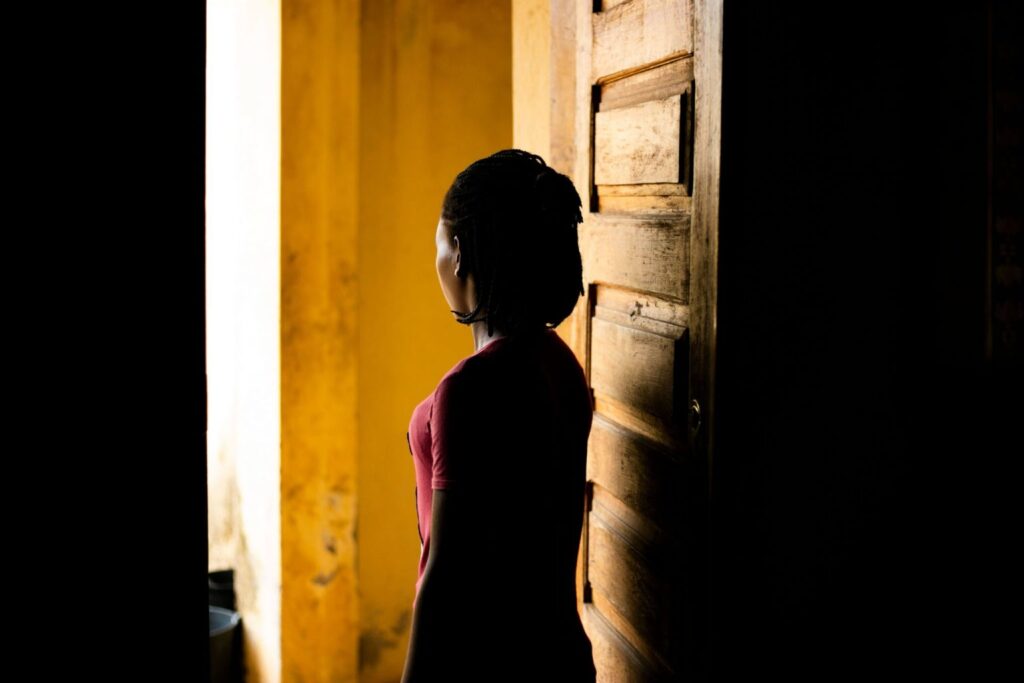
BUILDING THE BASELINE OF HER FUTURE, HER CHOICE
Estrella and Walter designed and implemented a baseline study of 19 health units in two districts of Zambezia, which provided valuable data and assessment around sexual and reproductive health and gender-based violence. Areas of focus included the availability of family planning counseling and contraceptives, access to comprehensive abortion care and post-abortion care and the quality and availability of gender-based violence services.
Together, they established a baseline that determined if the health units had staff who were trained to provide these services, what services and resources –such as medication – were available and what the existing standards of care and the quality of services were for each. From there, Estrella and Walter could monitor them to determine what each facility’s priority areas were to prepare for the introduction of realistic interventions based on the needs of their service users.
DISCOVERING THE OBSTACLES THAT LIMIT ACCESS TO SEXUAL AND REPRODUCTIVE HEALTH CARE
The baseline study provided valuable insight into the factors that are limiting access to sexual and reproductive health services and negatively impacting the rights of adolescent girls and young women. Estrella celebrates that there have been advancements in contraceptives and family planning, but she says that the adolescent pregnancy rate has not decreased, partly due to early marriages for girls, sexual violence and all the related social and cultural norms.
Estrella goes on to explain that the study also revealed issues around securing safe abortions. Health providers at many health units are not aware of abortion laws, and very few offer abortion services – only those located in cities.
“When a girl marries, she gets pregnant and loses most of her opportunities,” Estrella says. “Pregnant girls quit school, have a reduced capacity to make decisions by themselves and find it more difficult to be autonomous.”
Gender-based violence is another challenge.
“This type of violence, in most contexts, is seen as normal,” Estrella says. “We know it’s a long process to break and work on these norms, these inequalities which sustain this violence.”
She explains that many units are not trained or logistically prepared to address gender-based violence. Many lack methods to record rape cases or they lack prophylactic kits, which include emergency antiretroviral medications, antibiotics to treat STIs, emergency contraception, Hepatitis B vaccines and treatment options for depression, anxiety or insomnia.
Walter believes infrastructure and human resourcing problems also limit sexual and reproductive health care access. He explains that service providers need further training in addition to more material support, like more beds or medical tools and materials.
Estrella agrees.
“Contraceptives were not being provided in most health units because providers did not have them, were not prepared or didn’t have the knowledge about them,” she says. “And sometimes they knew and had the contraceptives, but there are taboos, especially for young girls and adolescents, and a few myths surrounding these methods.”
Geography is also an issue. While, at the ministerial level, there may be good strategies and training manuals, Walter notes this information does not reach more remote communities like Zambezia, where the population is primarily rural.
While the project is tackling these issues, Estrella says “Sometimes we forget that health staff are community members who come with social norms and bring them to their workplace. So, for most sensitive issues in reproductive health areas, sometimes there are people who replicate certain behaviours and conceptions in the units.”
WHAT ELSE CAN BE DONE?
Estrella is happy to see that some changes are already starting to take root. For instance, she says long-term methods of contraception were only found in a few health units previously but now are offered in all of the units where the project has been implemented. She has also noticed greater accessibility to safe abortions.
Attitudes and behaviours are changing, too. With more gender-based violence data being gathered by the Ministry of Health, further attention is now being given to the health needs of girls and young women. Estrella says providers are also receiving more training, which has resulted in greater empathy. This combination of factors has made it easier for girls and young women to access health care.
Walter notes that the recent improvements in data quality in Mozambique are a reflection of improvements in the Ministry of Health’s national data system, including improvements in records quality and data submission. He has also noticed data monitoring officials visiting the health units and following protocols to support health providers.
However, Estrella and Walter believe more can be done. In parts of Mozambique, there is a persistent lack of knowledge about women’s rights for women and men.
“Some people are surprised when they hear practices are incorrect because they didn’t learn that women have rights,” Walter says. “But when women start fighting for rights, there are behavioural changes like an increased use of contraception, especially by young people. In some regions, we are seeing a decrease in pregnancy and an increase in the number of women in university.”
Estrella believes men still need to do more to contribute to healthy communities.
“They should leave women to decide freely about what they want, starting from their own body, their health. At the same time, in the case of our network, most of the time we have projects related to women,” says Estrella. “We must work with men and boys so they have the information to work with and help girls and, later on, women. We cannot only see it as a problem of women. We need to see it as a human problem.”
